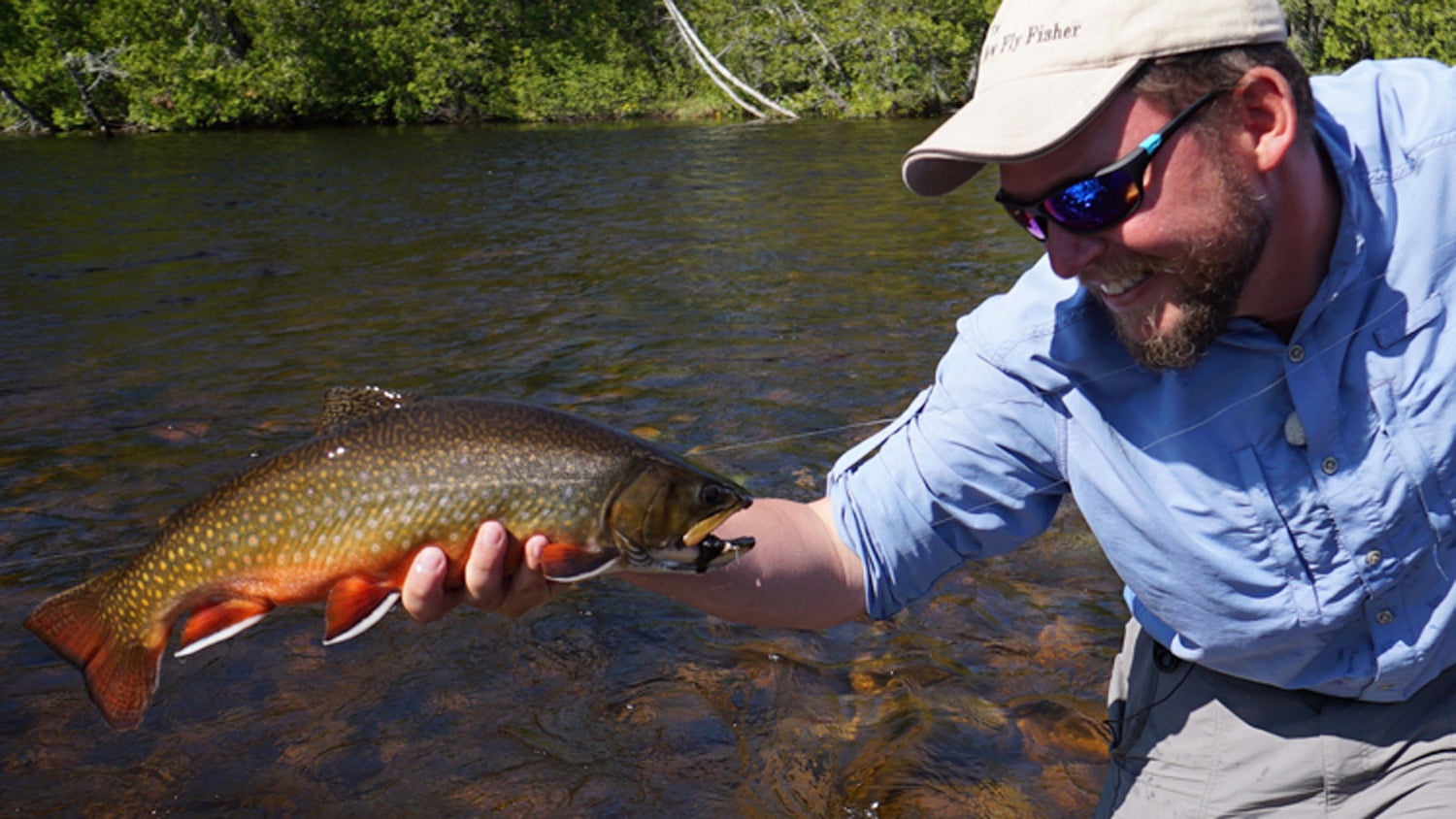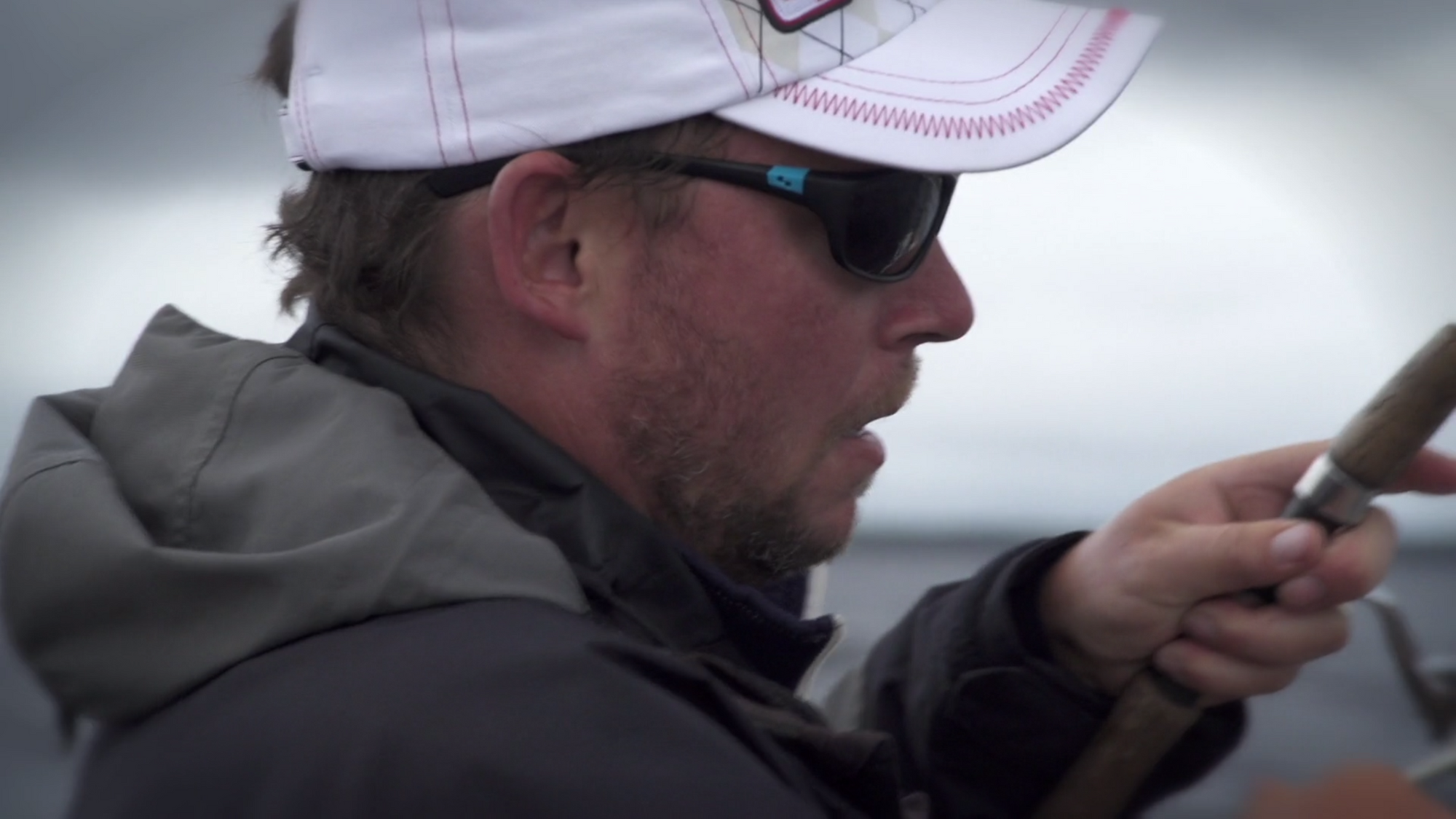Wild Native Ontario Brook trout are considered by many to be well worthy of travel and adventure in their pursuit. Fly anglers will travel far and wide for shots at these incredible creatures. White outlined fins, magnificently mottled, with what seems to be the most intricate maze outlined across their backs, deep reds, oranges, blues and greens across their bodies, they really are a spectacular example of Mother Nature’s artistic ability.
Brook trout require cold clean well oxygenated water to survive and will eat a variety of creatures. including emerging insects, fish, crustaceans, amphibians and small mammals. Brook trout will readily eat anything they can fit in their mouths. they aren’t picky in any way – quite the opposite actually, and during the pre-spawn (September) they are aggressive toward anything that comes near their spawning territory. However as with all fly fishing, you stack the deck in your favor if you have the opportunity to present flies that mimic what the fish are eating. And having the ability to see a fish taking a dry fly is absolutely perfect when it comes to angling for brook trout. Timing your fishing adventure and having a basic understanding of what bugs are hatching and when they are hatching is vital to brook trout success.
Here is an example of a hatch chart for a central Ontario river (NOTE!!! This is just an example, don’t use this for a Wilderness North adventure)

That is all well and good, but what if you’re off on a fly in adventure to a river that may not be fished all that often? We all cant be entomologists, so if you come equipped with a variety of flies with different size profiles, you will be able to target brook trout effectively.
Equipment for Dry Fly Brook Trout

In Northern Ontario, the brook trout can get quite large. The world record was caught in the Nipigon River in 1915 and currently stands as the world record. That fish, caught by Dr JW Cook of Thunder Bay tipped the scales at 14 and one half lbs.
You have legitimate chances at tangling with a brook trout up to 6 -8 lbs. A 5 or 6 weight fly rod with matching 5 or 6 weight floating line will do the trick. Long leaders with light tippet are key for these wary fish. A good selection of flies to bring might include: elk hair caddis flies, blue winged olive, grasshoppers, mice, royal coachman, adams, pheasant tail and red spinner. Again, having these in a variety of sizes is key to match the size as close as possible to what is coming off.
Presentation of flies.
When you approach a river that has rising fish, it’s best to sit back and watch for a bit. You might be able to identify a single fish and decipher it’s feeding patterns. Often trout will feed in a “lane” rising to almost the exact spot each time to take a fly, or they might feed in a pattern, rising in one location, moving upstream to another and then returning to the first feeding spot. It’s important to understand what the fish are doing, then presenting the fly based on the pattern you’ve observed.
At Wilderness North, we practice 100 percent catch and release and fish with single barbless flies only. This is part of our commitment to protecting this world class brook trout fishery. There is nothing quite like seeing a big brook trout rising and eating a artificial offering perfectly presented. The fights are legendary and the personal interaction with wild native brook trout can give any angler a serious case of goose bumps. Releasing these jewels of the north is the cherry on top of the sundae.







